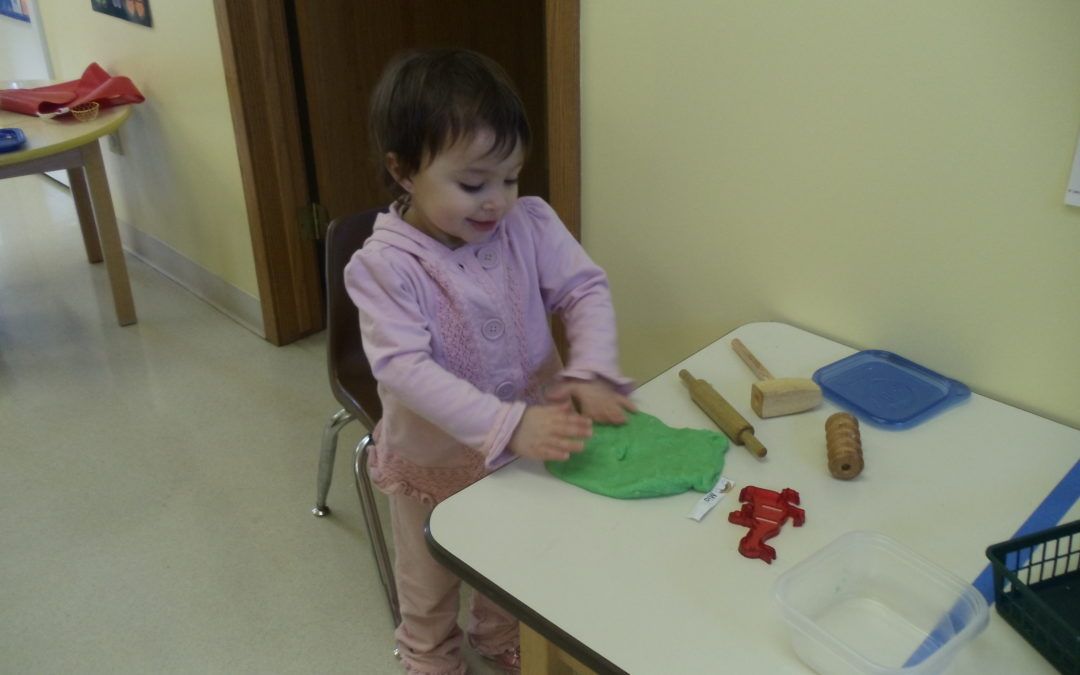Montessori Three-Year Progression

This post originally appeared here: http://mchkids.net/montessori-three-year-progression/
The author is Tiffany Jaime, owner of the Montessori Children's House of Bay City and Head Teacher.
With Parent/Teacher conferences upon us, we have asked that parents do their best to come in for at least a 30-minute observation prior to their conference. This allows the parents to have some common ground to propel the conversations during the 20-minute meeting with the Head Teacher. We also send home a parent questionnaire before the conference to get a clear idea of what their goals and concerns are for their child. These two in combination allow for a specific, clear, goal-oriented conference. Following many of the observations and follow-ups, we felt it would be helpful to delve into the beauty behind the 3-year progression within the Montessori classroom.
Each year in the Montessori preprimary classroom has it’s own beauty. The first year might be termed the Novice year, the second the Apprentice year and the third the Leadership year. I will go into more detail on each year, as we want to be sure to communicate the progression that takes place within the child’s brain as the environment unfolds similarly each year they are at Montessori.
The first year or Novice year, is one of setting a foundation of social-emotional well-being. Once a child feels comfortable and loved, she is able to move freely through the environment in still a very confident yet egocentric state as a 2 ½ or 3 year old. The young student is learning the ground rules of the classroom; walking feet, arrival and dismissal routines, washing hands, bathroom use, mastering transitions, and the work-cycle which consists of knowing where the works are located, using rugs or mats, carrying with two hands, completing the work, making the work ready for the next friend, pushing in her chair, returning the work to its proper place, and returning the mat or rug. With consistency of routine and being in the environment with other children who have been in the class for 1 or 2 additional years, these skills become second-nature lending itself to an ordered child and a structured classroom. Each work in each area of the classroom has a degree of control of error built in and each work requires varying degrees of focus, concentration, coordination, and independence. The works are put out in a progression, left to right, top to bottom, becoming increasingly more difficult, each being presented as the year unfolds one at a time, day after day. Some in the Math area, some in the Language, the Practical Life, the Sensorial, the Cultural, the Science area and so on, each building upon the previous. The children are not asked to use the works presented on any given day. They are simply presented by modeling the intended use of the work and placed in the prepared environment for the child to discover on their own at their own pace.
Tiffany Jaime